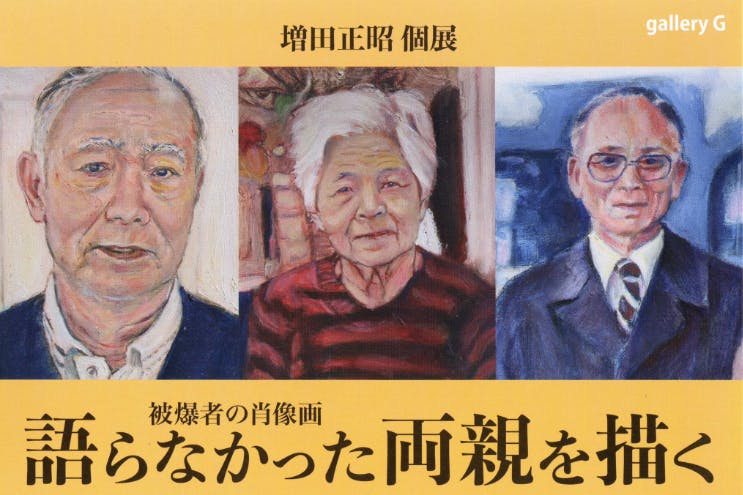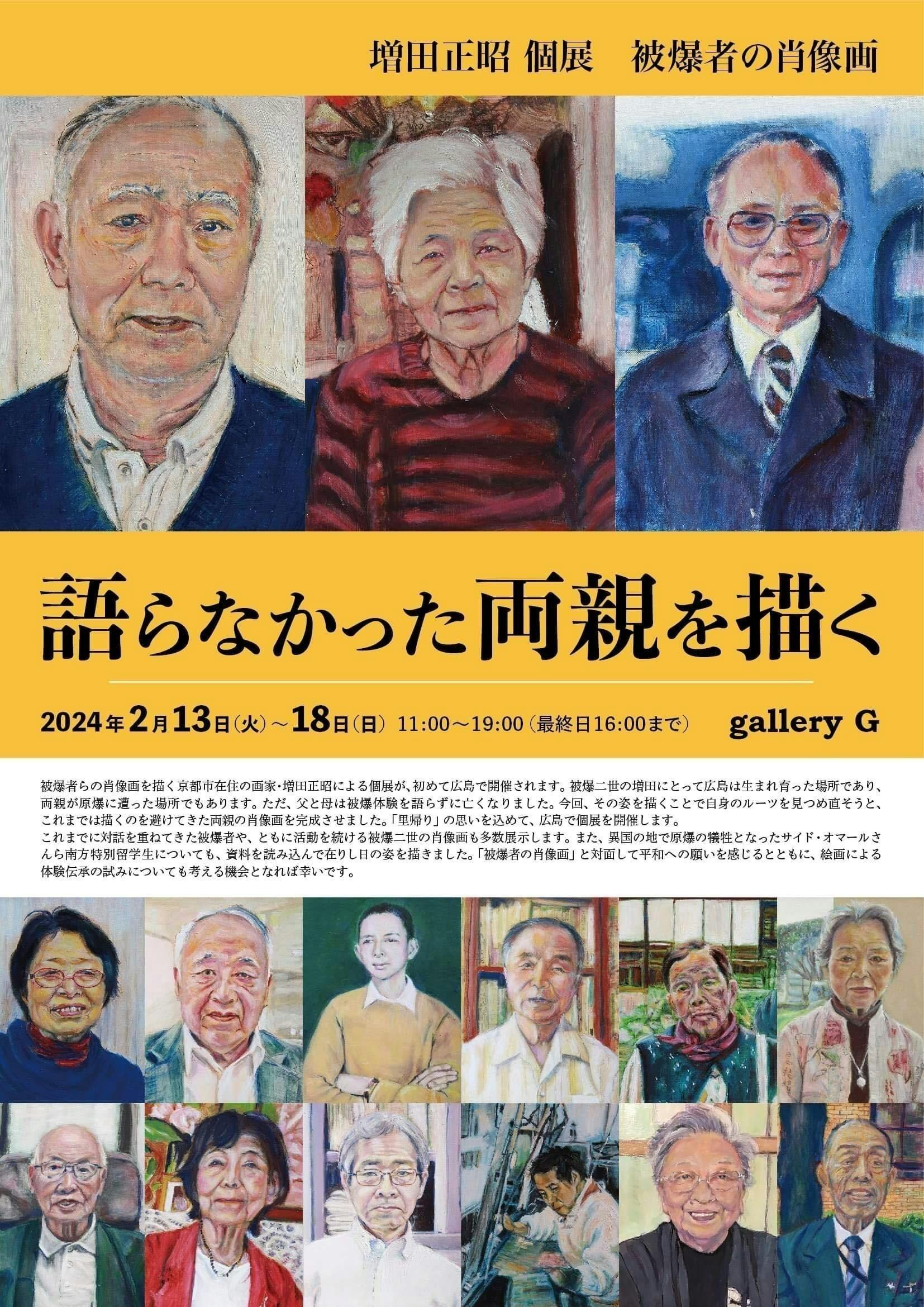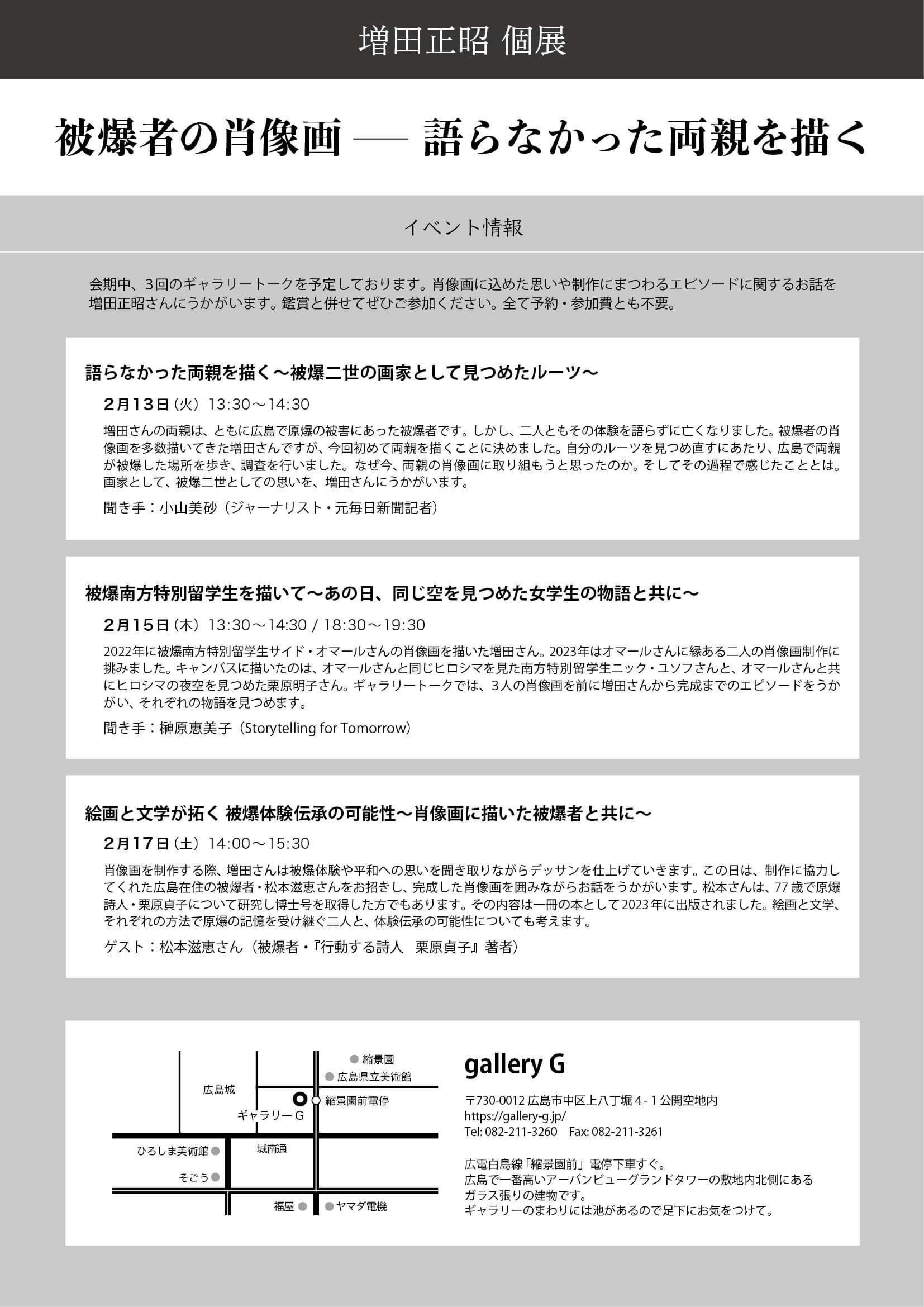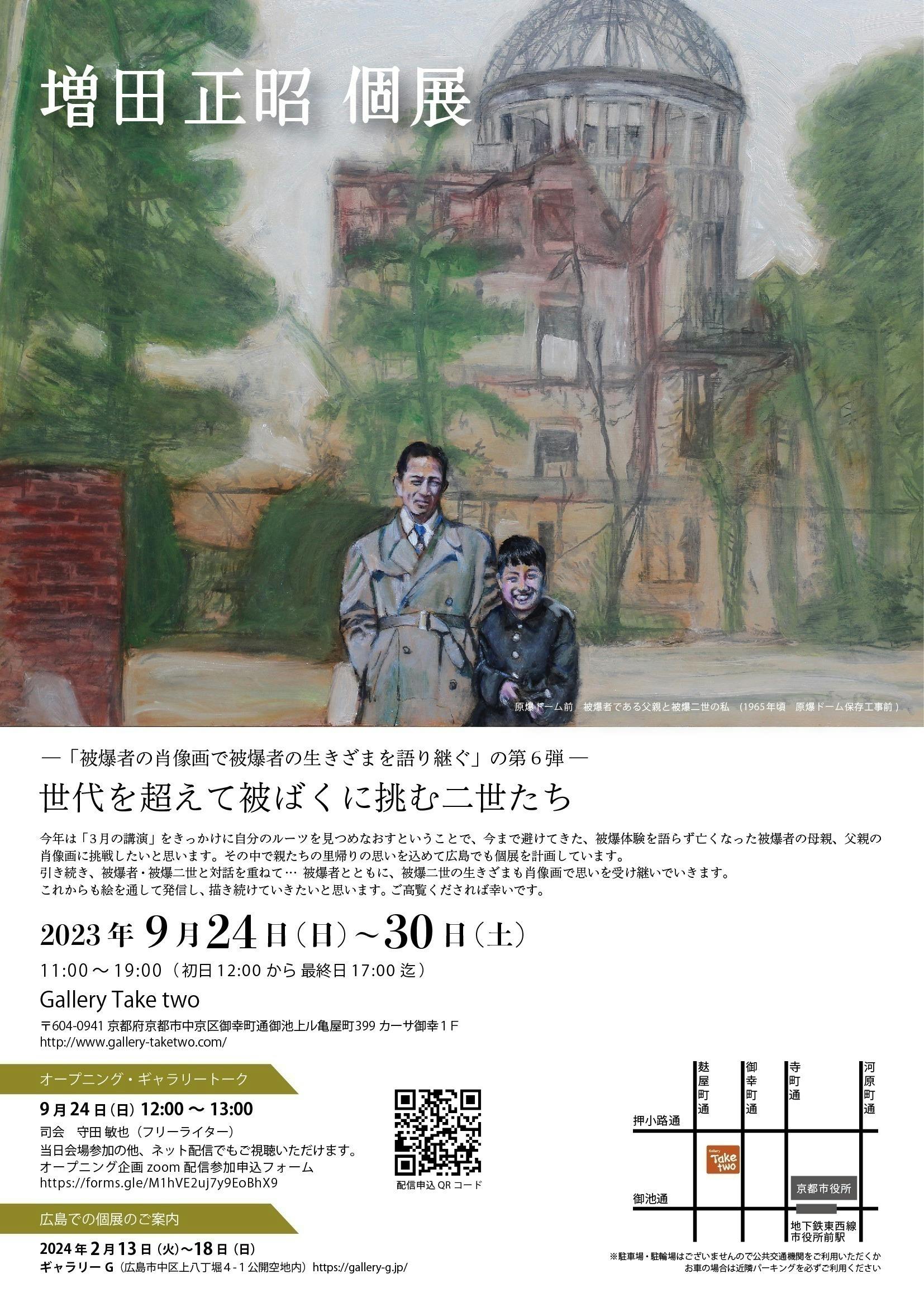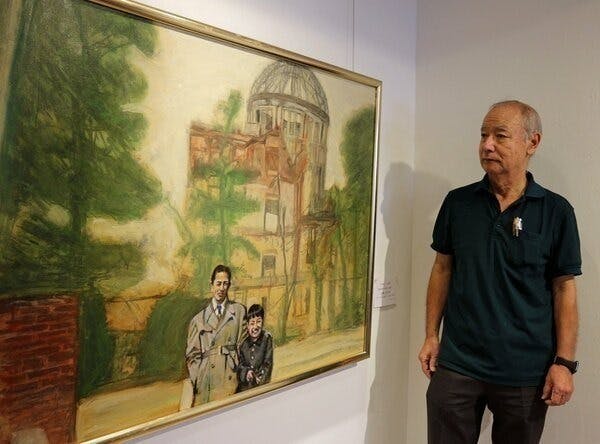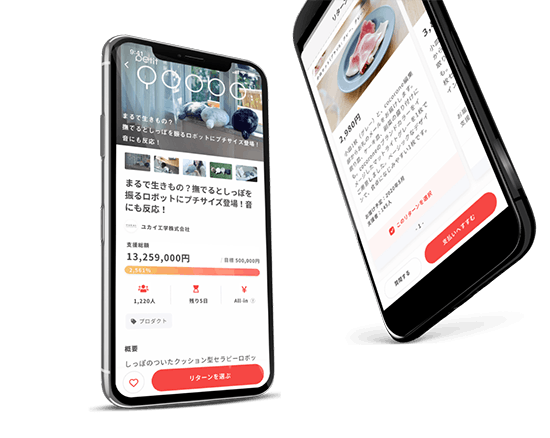2月の個展に向け、
35番目の被爆者の肖像画
ニック・ユソフさん、布キャンバスに5回目のぬりをおこないました
シックハックの毎日 なかなか 手のつのつかない日もあります
[ニック・ユソフさん]
1924年10月25日、マライ (現マレーシア) コタバル生まれ。 貴族ダトー家の出身。
南方特別留学生第一期生として1943年に来日し、同年7月から1944年3月まで国際学友会で
日本語を学ぶ。 1944年4月から広島高等師範学校、1945年4月からは広島文理科大学で
教育学を学ぶ。 1945年8月6日、 爆心地から約900mの興南寮付近で被爆。 8月7日に五日市
町(現佐伯区) 没 (推定)。享年19歳。
国際学友会では寡黙ながら成績は一番だった。 指導にあたった上遠野寛子氏は著書 「東南アジアの弟たち」の中で
被爆後に逃げ惑ったであろうユソフさんを思い、 「あのおとなしいユソフが、 と思うといたたまれない気がする」と語っている。
~南方特別留学生とは~
太平洋戦争中の1943年から1944年の間、大日本帝国政府が東南アジアの各占領地区から招いた
国費留学生。 第一期と二期生を合わせ 205名が日本の大学等で学び、戦後は各界で活躍し、母
日本の架け橋として尽力した元留学生も多くいた
Towards a solo exhibition in February,
Portrait of the 35th hibakusha
Nick Yusoff paints for the fifth time on fabric canvas.
Sick hacks, some days it's hard to keep a steady hand.
[Nick Yusoff]
Born 25 October 1924 in Malai (now Malaysia), Kota Bharu. From an aristocratic Dato' family.
Came to Japan in 1943 as the first special student from the south and studied Japanese at the International Alumni Association from July 1943 to March 1944.
Studied Japanese language from July 1943 to March 1944. Studied pedagogy at Hiroshima Higher Normal School from April 1944 and at Hiroshima Bunri University from April 1945.
Studied pedagogy at Hiroshima Higher Normal School from April 1944 and at Hiroshima Bunrika University from April 1945. On 6 August 1945, she was exposed to the atomic bomb near Konan Dormitory, about 900 metres from the hypocentre. On 7 August, he was buried in Itsukaichi Town (now Saeki Ward).
Died on 7 August in Itsukaichi (now Saeki Ward) (estimated). He was 19 years old.
He was a taciturn member of the International Fraternity, but had the best grades. Hiroko Kamitono, who taught him, wrote in her book 'Southeast Asia's Little Brothers' that he was a 'good student' who would have fled after the A-bombing.
In her book, Southeast Asian Brothers, Hiroko KATOONO, who taught Yusof, says: "I feel a sense of pity when I think of the quiet Yusof who must have fled after the atomic bombing.
~What is the South China Special Exchange Student?
During the Pacific War, from 1943 to 1944, the Imperial Japanese Government invited students from the occupied territories of Southeast Asia.
Government-sponsored students. A total of 205 students from the first and second terms studied at Japanese universities and other institutions, and were active in various fields after the war, serving as a bridge between Japan and their mother countries.
Many of them were active in various fields after the war, and many were former international students who made efforts to build bridges between Japan and their mother countries.

